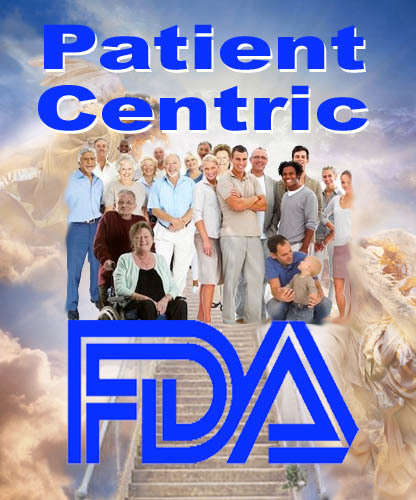As it is evident from the literature, the use of Internet, particularly Web 2.0 in healthcare, is now under debate. Mainly, in Italy there is a shortage of spe…
Get Started for FREE
Sign up with Facebook Sign up with X
I don't have a Facebook or a X account
 Your new post is loading... Your new post is loading...
 Your new post is loading... Your new post is loading...

Pharma Guy's curator insight,
January 8, 2015 7:04 AM
It is possible to be TOO patient-centric. Let me explain... A pharma company may monitor individual patient conversations to determine if a patient is engaging in a lifestyle that counteracts the effect of the company's drug. A Chantix patient, for example, may admit to smoking a cigarette. The pharma company (I won't mention names) could remind the patient -- via private channels such as email, which it collected via the couponing program -- that smoking while on Chantix is not recommended. For more on this, read Being Too "Patient-Centric": Spying on Patients on Social Media |

Jeff French's curator insight,
September 12, 2016 6:16 AM
Another example of citizen centric policy development

Pharma Guy's curator insight,
September 12, 2016 6:50 AM
Meanwhile, “Patient Advocates - and Docs with Ties to Pharma - Turn Up the Heat on FDA”; http://sco.lt/8koMLZ |











